Germany : Strong Growth and Innovation Hub
Key markets include Berlin, Munich, and Frankfurt, where significant construction activities are underway. The competitive landscape features major players like HeidelbergCement and LafargeHolcim, which dominate the market. Local dynamics are characterized by a strong emphasis on quality and innovation, with a growing demand for high-performance materials in residential and commercial sectors. The construction industry is increasingly integrating digital technologies to enhance efficiency and sustainability.
UK : Adapting to New Regulations
Key markets include London, Manchester, and Birmingham, where construction activity remains robust. The competitive landscape features players like CRH and Saint-Gobain, which are adapting to changing regulations. Local market dynamics are influenced by Brexit, affecting supply chains and material costs. The residential sector is a significant application area, with increasing demand for eco-friendly building solutions.
France : Focus on Eco-Friendly Materials
Key markets include Paris, Lyon, and Marseille, where construction activities are concentrated. Major players like Saint-Gobain and LafargeHolcim have a strong presence, driving innovation in sustainable materials. The competitive landscape is characterized by a focus on quality and compliance with stringent regulations. The residential and commercial sectors are primary applications, with increasing emphasis on energy-efficient buildings.
Russia : Infrastructure Development on the Rise
Key markets include Moscow, St. Petersburg, and Kazan, where construction activities are rapidly increasing. The competitive landscape features local players alongside international firms like Cemex. Local market dynamics are shaped by economic fluctuations and regulatory changes. The construction sector is diversifying, with applications in residential, commercial, and industrial projects gaining traction.
Italy : Focus on Heritage and Innovation
Key markets include Rome, Milan, and Naples, where construction activities are focused on both new developments and restoration projects. Major players like HeidelbergCement and Boral are active in the market, emphasizing quality and innovation. The competitive landscape is characterized by a mix of local and international firms. The residential and tourism sectors are key applications, with a growing emphasis on sustainable building practices.
Spain : Expanding Infrastructure Needs
Key markets include Madrid, Barcelona, and Valencia, where construction activities are booming. The competitive landscape features players like CRH and LafargeHolcim, which are adapting to local market needs. Local dynamics are influenced by economic recovery and regulatory changes. The residential and commercial sectors are primary applications, with increasing demand for innovative and sustainable building solutions.
Rest of Europe : Varied Growth Across Regions
Key markets include cities across Eastern and Northern Europe, where construction activities vary significantly. The competitive landscape features a mix of local and international players, including Martin Marietta and Eagle Materials. Local market dynamics are shaped by economic conditions and regulatory environments. The construction sector is diverse, with applications ranging from residential to industrial projects, each requiring tailored solutions.


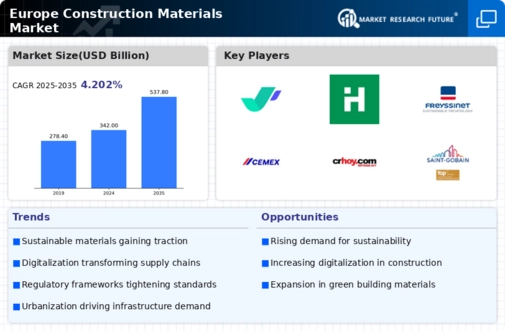

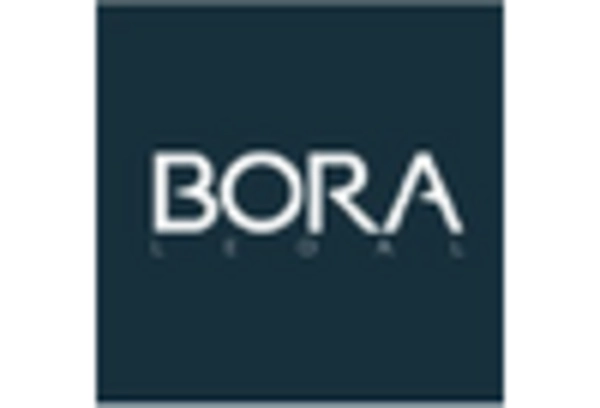

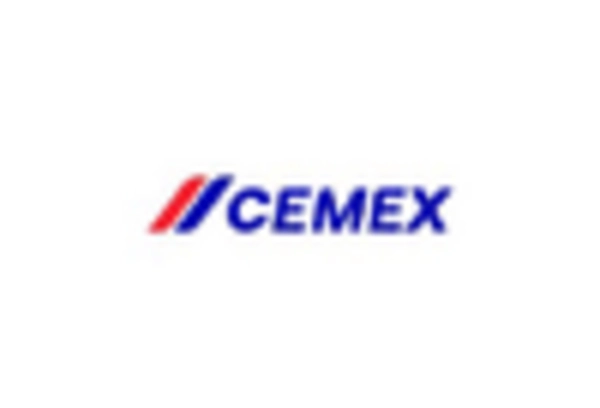
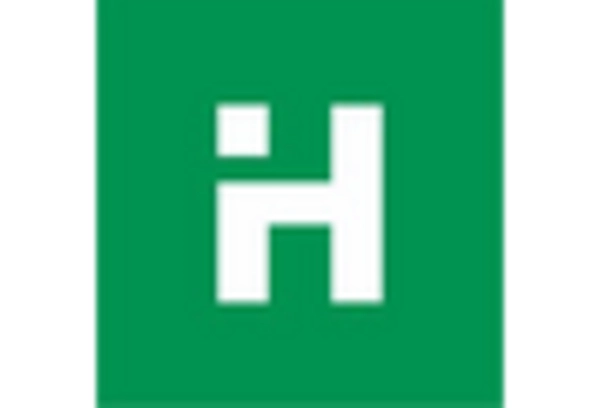
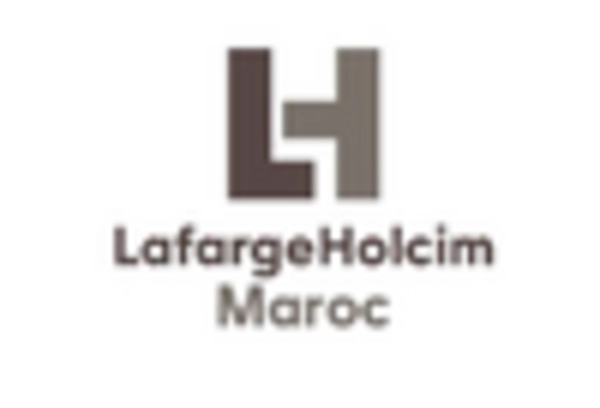









Leave a Comment